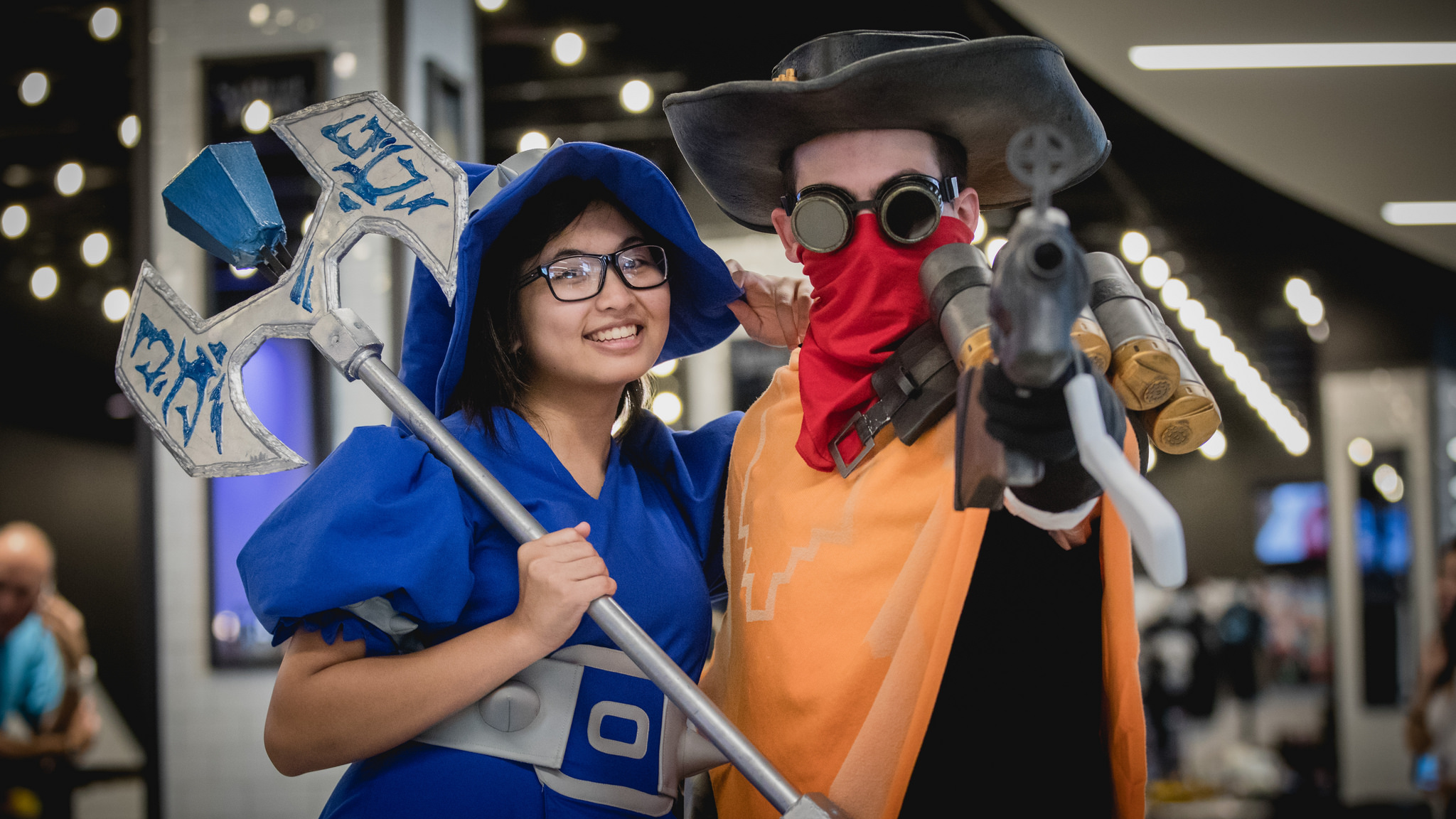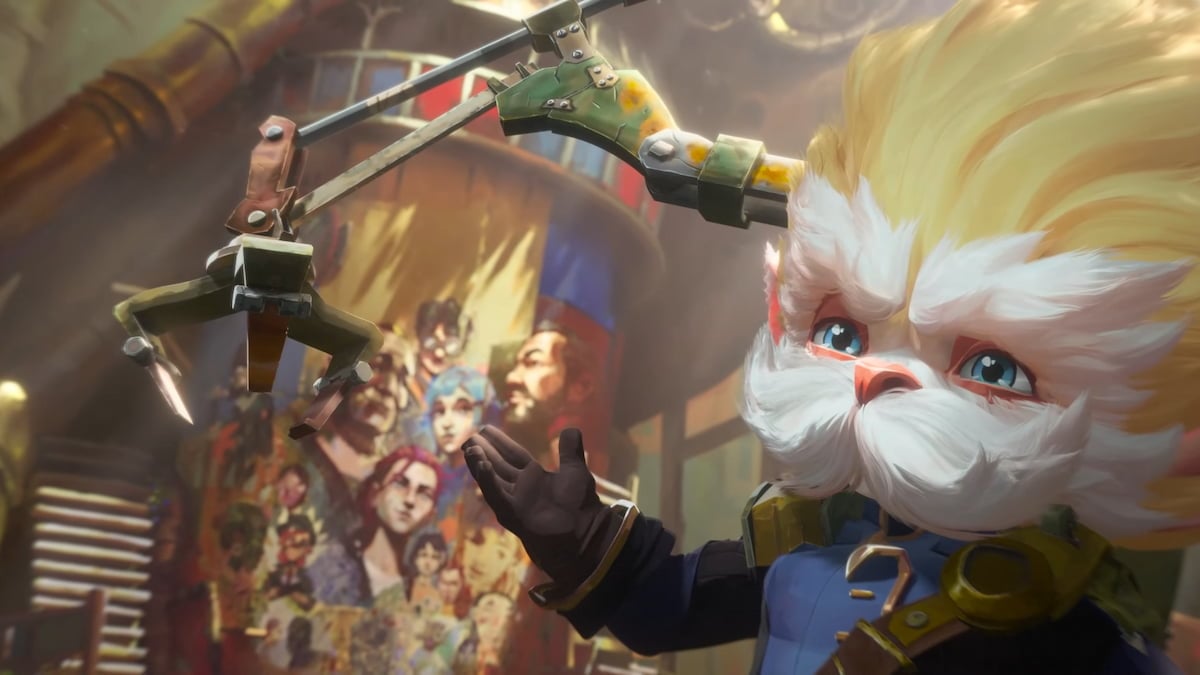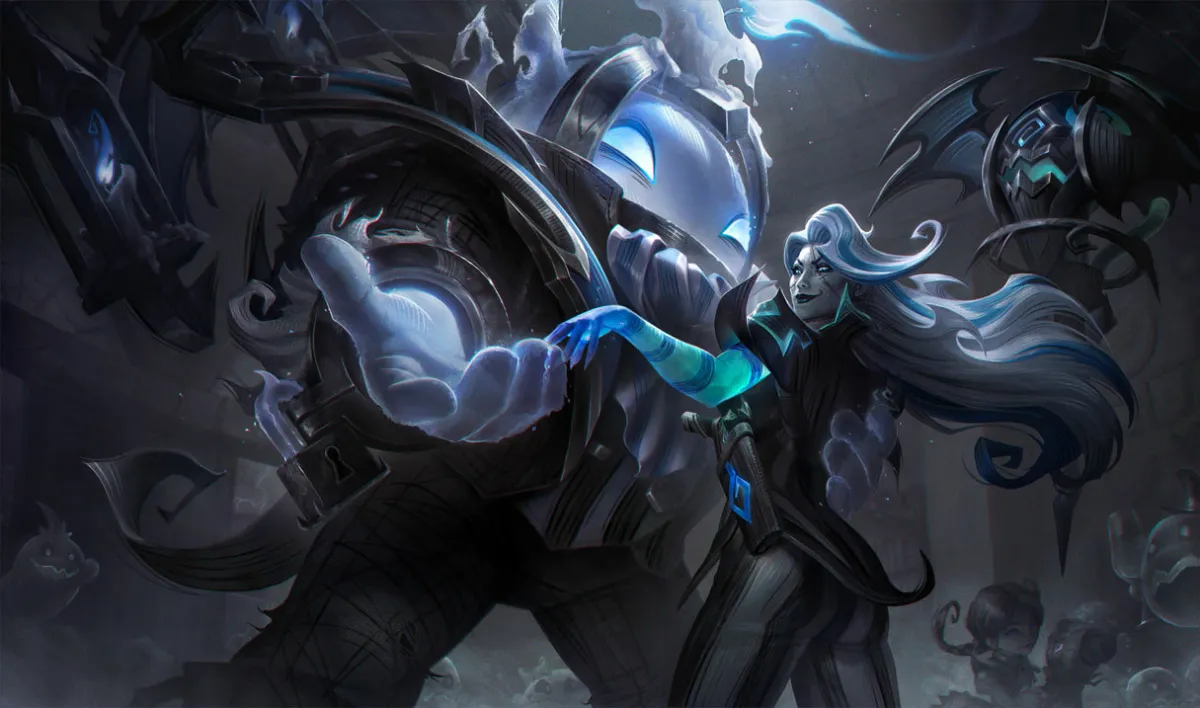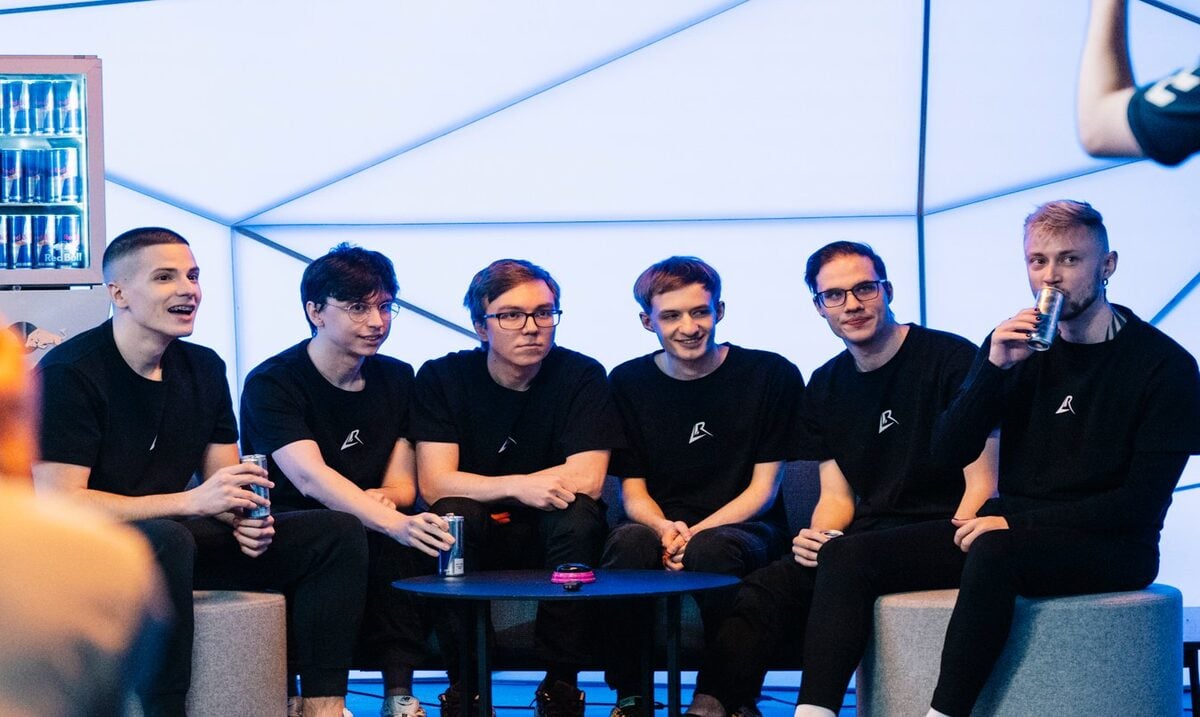As strategy in League of Legends has developed over the years, players, especially in professional play, have been forced to understand the map better. Gone are the days where simple split pushing could break open a game all by itself. Nowadays, teams are required to understand all areas of the map, swap lanes constantly, control objectives, and use every minion wave to create advantages.
But big changes are coming to the way teams manage those waves. In Patch 8.23, Riot buffed minions in the late game. The goal was to make minions “more effective at supporting sieges on their own,” while decreasing reliance on Baron buff to end games.
One of the biggest changes that was made was how fast minions are. They used to get a flat 25 bonus movement speed at 20 minutes to make the action in the late game faster. But now that speed bonus scales from 25 at 10 minutes and increases by 25 every five minutes after that. And as some astute League players figured out, weird things start happening after 15 minutes.
After 15 minutes, incoming minion waves arrive so fast that, once they’re pushed past the river, they’ll just stay there creating an auto freeze. In the example in the video above, the minions actually soft crash into a tier two turret, which used to be a guaranteed bounce—but not anymore. It used to be that the defending wave would arrive faster and push the wave back. But now, the minions from the long side get there fast enough to keep the minions frozen forever.
This has huge implications for side wave management, an advanced concept that some of the best League teams around the world still struggle to master. It used to be that when a team took an outer turret and pushed the minions, they could recall and receive that minion wave back. That gave them time to collapse on other objectives or force a lane swap. Now though, they need to stay around for longer to either fully push the wave into turret and hard reset, or do what the video suggests in pushing around a cannon wave.
That’s a pretty big advantage for the losing team. Now, they have more time to collapse on the team trying to push for a reset. Or they could make their own play on the other side of the map without fear of losing minions and seeing the wave push back. Since both sides lose the same amount of minions, they can opt to keep the lane frozen and protect the other two lanes before picking up farm when they choose.
How pro teams use this new mechanic will be a big sign to how advanced their understanding of wave management is. Pro players are amazing, but just like us in solo queue, they love their farm. In almost every game, you can see someone killing a wave for gold when they should be more patient. Now, we get to see which teams have the most discipline to leave minions frozen and capitalize with pressure elsewhere.
But the coolest thing could be when the teams have both side lanes frozen. That could start an era of wombo teamfight comps that are built to run it down mid. That will be great for North American teams, who already love massive mid lane fights. Maybe this is just Riot’s stealth move to get an NA team back in the final at Worlds.







Published: Jan 8, 2019 09:45 am